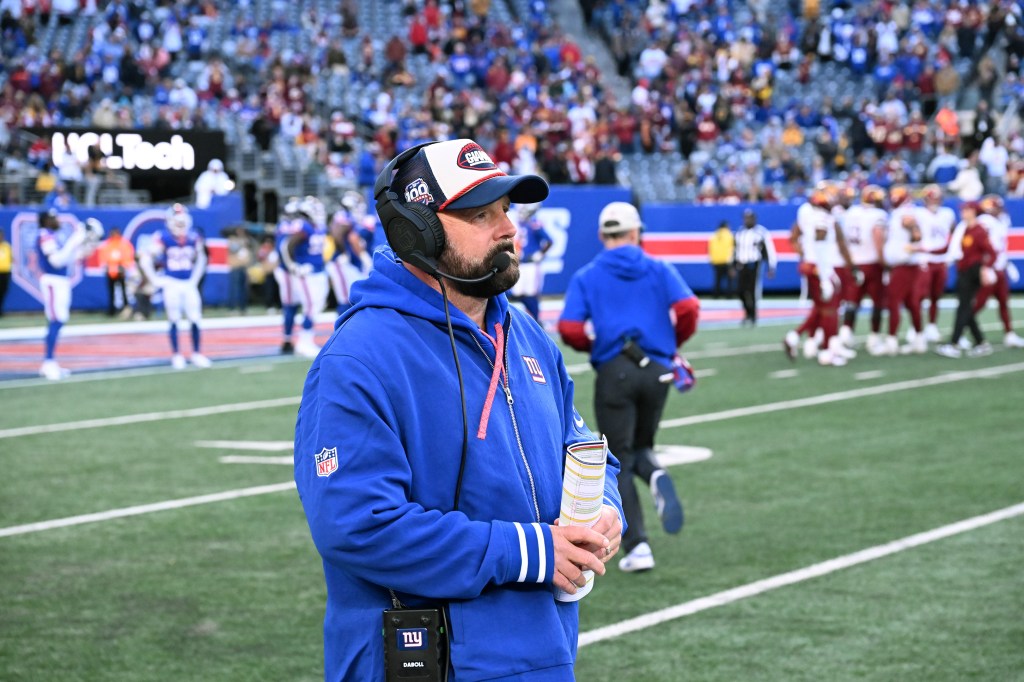Here is one thing that traditional football fans and analytics sleuths all should be able to agree on: The goal is to win, not tie.
Perhaps that bit of common ground can bring two opposed sides closer together.
Debate continues to rage over whether it is smart coaching to attempt a two-point conversion after scoring a touchdown to cut into a 14-point deficit, as the Giants have in each of their past two games.

The analytics-based thinking is that a successful two-point conversion shaves a 14-point deficit to six and requires only one more defensive stop, another touchdown and a PAT to take the lead.
If the two-point conversion fails, one defensive stop, another touchdown and a successful two-point conversion creates the same score as kicking two successful PATs would have, so the risk is worth the reward as long as both two-point conversions don’t fail.
Kicking two PATs to tie the score brings more possessions — and maybe the fate of an overtime coin toss — into the equation.
For example, cutting a 14-point deficit to seven requires a defensive stop, another touchdown and another PAT to tie the score — and then another defensive stop to regain possession and a third score to win.
What does the math say?
When two-point conversions succeed about 50 percent of the time, the strategy makes sense.

If the 1:2 hit rate happens immediately, the second try isn’t even needed.
If the first try fails, the odds suggest you are due.
Except that two-point conversions are failing more often this year.
Led by the Giants’ league-worst 0-for-6 mark, teams are converting only 32.3 percent of the time, according to Pro Football Reference.
The Giants are the only team in the league without a conversion on more than two attempts.
The league success rate is 47.6 percent over the last five seasons and 48 percent over the last 10.
The 10-year sample size is particularly relevant because that coincides with when the NFL pushed the spot of the ball on the PAT back from the two-yard line to the 15.
Since 2015, teams have converted 94.1 percent of their PATs.
So, a case could be made that two shots to get two points at a 48 percent clip is about the same as two shots to get one point at a 94 percent clip.
“A lot of our two-point plays are ‘this play or that play,’ ” Giants head coach Brian Daboll said, referencing giving a quarterback two options based on what the defense presents at the line of scrimmage. “You evaluate the league relative to defenses you see or schemes people are using, and you go into it each week deciding, ‘If we are in this situation, do we want to go for it or do we want to kick it?’
“Certainly with some of the two-point plays that we’ve had and not executed, that weighs into it. That’s not to say it couldn’t change. Haven’t been as successful on those as we’d like to be. It’s something we talk about often with the analytics group we have here.”
The Giants have tried this strategy as far back as 2018 with head coach Pat Shurmur, who claimed at the time that it increases the chance to win by “50 percent” if a team down by 14 points adds a two-point conversion after a touchdown.














